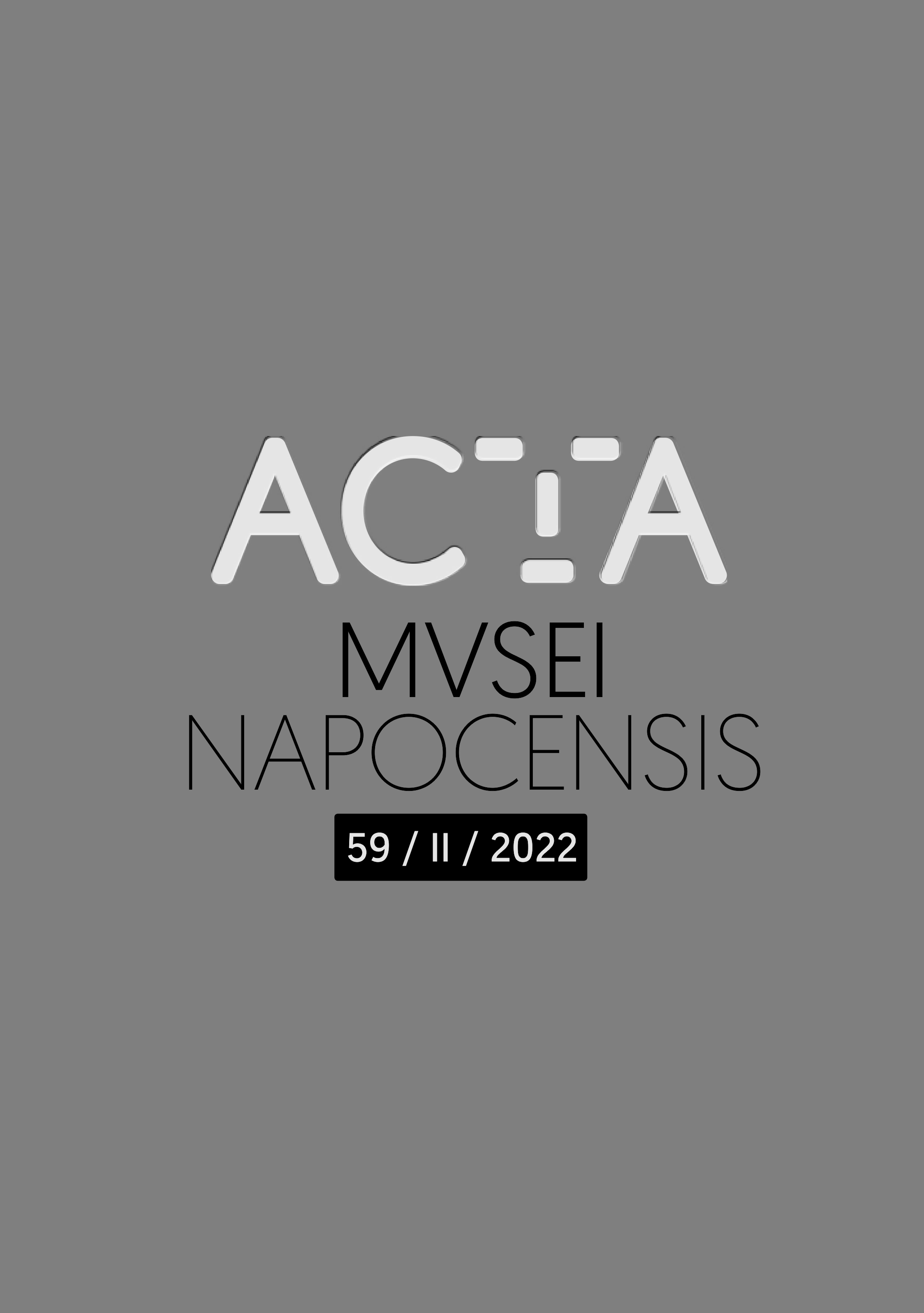Urban Planning and Urban Lots in Cluj during The Modern Period. A Historical-Archaeological Perspective on the Emmanuel de Martonne, Hermann Oberth and Gaál Gábor Streets
Urban Planning and Urban Lots in Cluj during The Modern Period. A Historical-Archaeological Perspective on the Emmanuel de Martonne, Hermann Oberth and Gaál Gábor Streets
Author(s): Oana Toda, Keve László, Florin Mărginean, Zsolt CsókSubject(s): Archaeology, Architecture, Historical Geography, Maps / Cartography, Local History / Microhistory, 15th Century, 16th Century, 17th Century, 18th Century, 19th Century
Published by: Editura Mega Print SRL
Keywords: urban historical archaeology; historical cartography, town streets; urban lots; built heritage;
Summary/Abstract: Over the past two decades, the accelerated development of historical urban centers in Transylvania has determined an increase in archaeological rescue interventions. The phenomenon was also documented in Cluj‑Napoca. However, the legislative framework and the attitude of local decision‑makers remain deficient in protecting and capitalizing on the built historical heritage and archaeological remains in the urban area. The lack of complex research programs focusing on Transylvanian urban environments has also enabled widespread ignorance regarding the archaeological remains of the modern period. The development of the entire field of study of urban historical archaeology has thus been inhibited. This field of archaeology provides the theoretical framework and methodological background for the research carried out in the second part of 2021 on three of the secondary streets of the historical center of Cluj: Gaál Gábor St., Hermann Oberth St. and Emmanuel de Martonne St.The contextualization of the discoveries in the three streets adjacent to the famous Platea Luporum intra muros (Farkas utca, Mihail Kogălniceanu St.) has facilitated the analysis of urban planning efforts throughout the modern age, as well as their antecedents and origins. The research has highlighted different situations for each of the streets in question, regarding their period of origin, possible mutations, and connections with the associated urban lots. Emmanuel de Martonne St. is a late modern creation, planned and executed in two stages during the second half of the nineteenth century. Unlike it, Hermann Oberth St. is considerably earlier in date, possibly medieval, with a well‑defined and documented trajectory since the seventeenth century. Furthermore, Gaál Gábor St. was originally an obscure footpath that originated in the first half of the eighteenth century. It now has a partially altered trajectory due to urban systematization works dated to the beginning of the twentieth century. Their simultaneous research has allowed us to follow a long process of reconfiguration and multiplication of the street network in this micro‑area of historical Cluj.
Journal: Acta Musei Napocensis. Historica
- Issue Year: 59/2022
- Issue No: 59
- Page Range: 101-146
- Page Count: 46
- Language: English

